Audio mixing is sometimes misleading newbies into using headphones to mix their projects. It is because they always see pictures of studio personnel using headphones as they might think these engineers are actually using headphones in audio mixing the tracks.
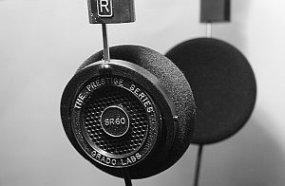
The truth is: engineers does not use headphones when doing a mix, instead they use some monitoring system called as nearfield studio monitors. They only use headphones to do some little checking which would be covered in this tutorial.
Disadvantages of using Headphones in Audio Mixing
Below are the main disadvantages when using headphones and it is why engineers are avoiding it:
1. Headphones cannot faithfully reproduce very low/sub frequencies. This means that if you are mixing using headphones, it may sound with less bass which in fact is very muddy in most monitors/speakers.
What will happen is that you will be tempted further to put more bass on your track by boosting EQ, etc. Thus the resulting mix contains too much bass! It is because you perceived the bass to be low by using headphones when it fact the bass levels might be normal. The correct method would be mixing with a subwoofer.
2. The frequency response of headphones is not the same as those using studio monitors. This means that there are times when you are working on a specific frequency and you may end up overestimating it because of inaccurate frequency response.
Even a flat frequency response headphone is not an enough. It is because our ears would perceive it VERY differently. See analogy below:
A.) Using headphones
Headphones flat frequency response — > Interaction with your head— > Result to changes in frequency response when it reaches your ears –> If you are mixing, this will lead you to make wrong decisions on EQ and loudness.
Notes: There is no known acoustic treatments to minimize interaction of sound waves in your head. Instead; headphone manufacturers are applying EQ (built-in with headphone design) treatments to the headphone so that it will arrive at a flat response to the ear. This is a sample EQ treatments of diffused headphone:

Now the above would look like:

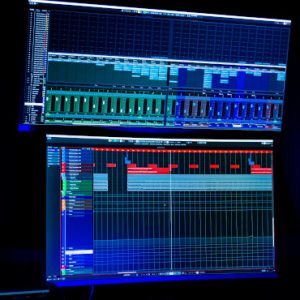
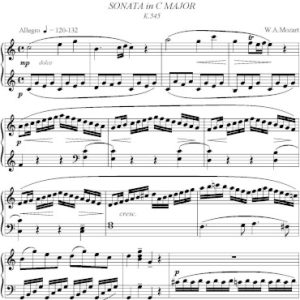
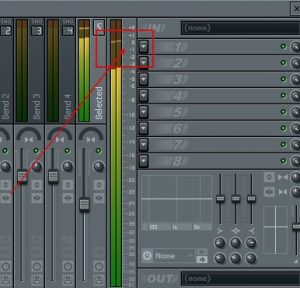

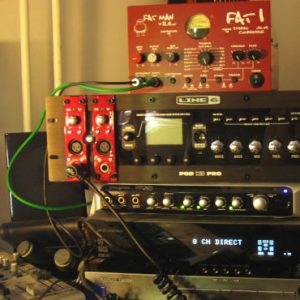


4 Responses
Bluebeep,
Thanks for the feedback. I do mix sometimes at night using my nearfield monitors (no heaphones). I monitor at average to below average volume enough for me to hear the entire mix elements. I turn off the subwoofer and I leave it in the morning when everyone is awake.
Surprisingly I find my mixing settings to be accurate; monitoring at below average volume. This is due to the fact that the standing wave reflections or other imperfections in my room acoustic environment are drastically minimized by monitoring a low volumes. Low volumes = lower reflections = more accurate monitoring.
I find the levels friendly to my ears too. After a couple hours mixing at night, I do check my mix in headphones to make sure everything is consistent. I could turn the volume slightly louder with headphones and check whether the balance of track volumes are maintained with or without headphones. Just to confirm.
Awesome read!
I’ve been reading about mixing with headphones a lot lately because, well my I tend to work at night and don’t want to get a shoe thrown at me.
There seem to be a couple of more reasons for not mixing with headphones in an article I read. One of them includes ‘stereo imaging’. But it seems with a bit of experience you can sort of learn your headphones and how they sound are able to make up for the difference. Here’s the article. Hope this also helps: http://www.rhythmic.ca/music-tutorials/mixing/articles/how-to-mix-with-headphones.html
To set the EQ settings, you would need a parametric equalizer.
Hi, i think some of my comments can’t process but thank you for helping R.E ‘mixing in which DAW’ + ‘info about rendering’, am getting confident in FL but i will give focus AA too. (Am actually writing notes from your interlinked tutorials & am happy that the parts that have electronics/physics terminology am a bit familiar with). I decided to do a lot of research then go for then practical with a retrospect. What I could not imagine is that, e.g if in FL : instr 1 I cut -3dB, @ 3000Hz, pan 75% L, instr 2 say apply a high pass @ 450Hz; then export tracks to AA will I be able to say: instr 1 boost to 0dB @3000Hz + pan 30% L (from FL’s -3dB &75%) , instr 2 high pass @350Hz in AA (from FL’s 450Hz cut off freq.)?